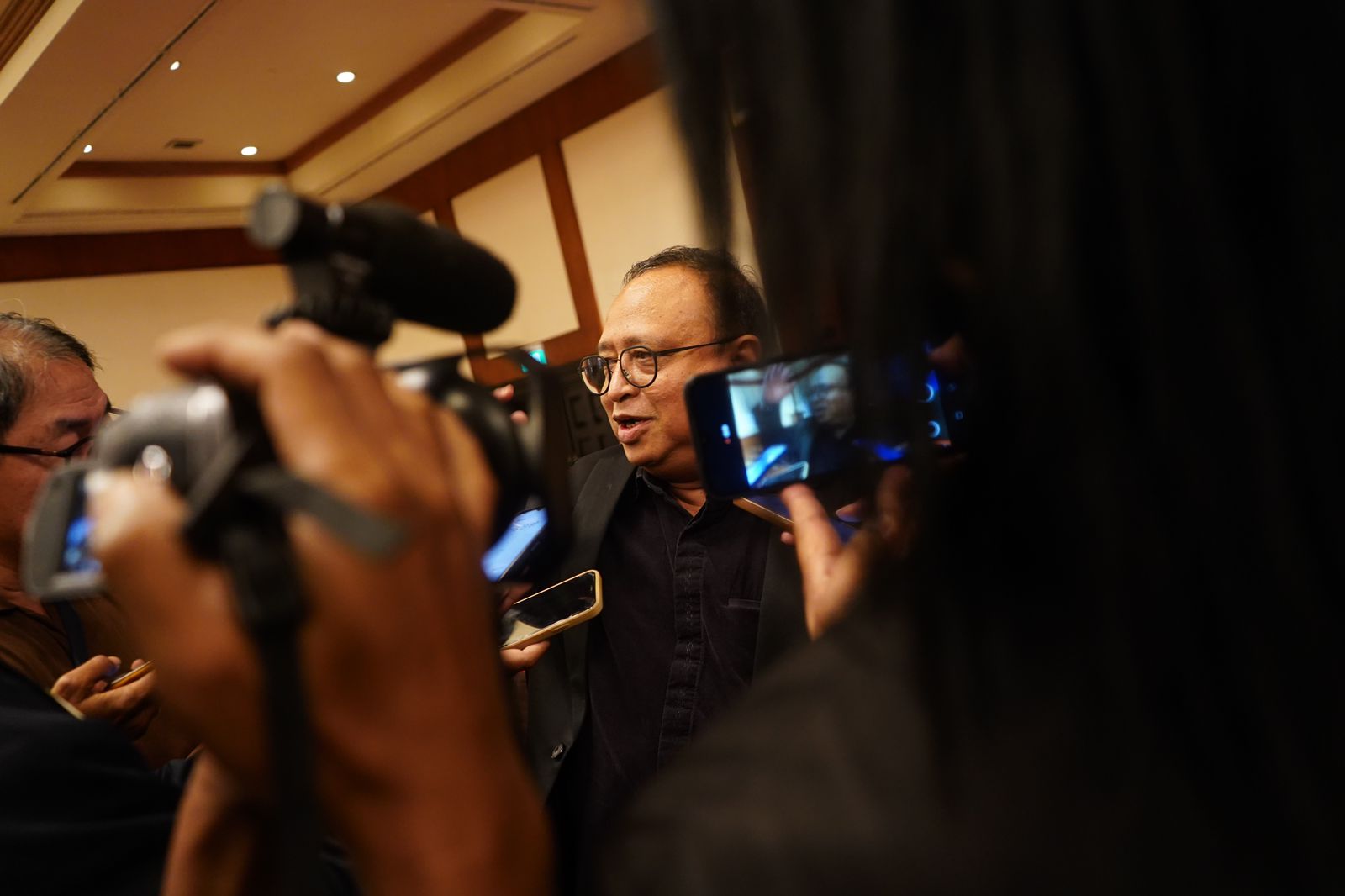Bold Moves Needed to Accelerate Demand, Investment Recovery: Economists
Main Takeaways
|
JAKARTA, investortrust.id — With first-quarter growth coming in at 4.87%, Indonesia now stands at a critical juncture: either take bold steps to revive its domestic economy or risk a prolonged slowdown in the quarters ahead. The figure itself, while aligned with historical trends, conceals a troubling undercurrent of weakening household demand, sluggish investment, and falling government spending that threatens to drag down the country's full-year prospects.
Though the Central Statistics Agency, or Badan Pusat Statistik (BPS), reported Q1 2025 GDP growth of 4.87% year-on-year, economists and business leaders warn that the figure is already outdated in the face of persistent headwinds.
“What matters now is not the number itself, but what’s behind it—and where we’re heading next,” said Anthony Budiawan, Managing Director at Political Economy and Policy Studies (PEPS). “The domestic economy is clearly losing momentum.”
Demand Gap Signals Caution for Q2 and Beyond
The production side may have posted a 4.87% increase, but actual consumption only rose by 4.05%—indicating that output is increasingly outpacing demand. A significant share of unsold goods, amounting to 0.60% of total output, now sits in warehouses as inventory.
This imbalance is not a temporary fluctuation, Budiawan noted, but a potential warning sign that consumption will weaken further if purchasing power continues to erode. If producers scale back in response, economic output could decelerate in the coming quarters.
Government Spending and Investment: Two Weakest Links
The more pressing challenge lies in the composition of domestic demand. Government consumption contracted by 0.09%, and investment growth slowed to a mere 0.65%—the lowest level since 2011 outside of pandemic disruptions.
This trend raises red flags for the quarters ahead. Without stronger public spending and capital formation, Indonesia may struggle to maintain even its current growth pace.
One major constraint is fiscal: by the end of March 2025, tax revenue had reached only 14.7% of the annual target. This shortfall limits the government’s room to stimulate the economy through spending—unless offset by debt or budget realignment.
Manufacturing Stagnation, Employment Pressure, and Global Risks
Adding to the domestic drag is a worrying signal from manufacturing, which grew by just 4.55%—below national GDP. Analysts see this as further evidence of deindustrialization, a trend that threatens long-term productivity and job creation.
At the same time, mass layoffs are affecting sectors from media and retail to manufacturing, limiting household consumption and increasing the risk of a demand-driven downturn.
Internationally, global capital flows are likely to remain under pressure. The recent tariff hikes introduced by U.S. President Donald Trump are expected to dampen global trade and investment, putting additional strain on Indonesia’s export-oriented sectors.

Calls for a Policy Reset
Jose Rizal, Chairman of the Indigenous Entrepreneurs Association (Asprindo), believes the government must urgently rethink its fiscal priorities.
“Cutting ministry budgets while pushing aggressive tax collection may close the deficit, but it chokes off economic circulation,” Rizal said. “Industries like hospitality and food services are already suffering from reduced government activity.”
Rather than austerity, Rizal argues, Indonesia needs structural reform—targeted at increasing budget efficiency, reducing corruption, and restructuring public debt.
He also called for a renewed commitment to MSMEs, which he describes as the backbone of Indonesia’s resilience during past crises. “Big corporations lay off workers in downturns. MSMEs adapt and survive—but they receive too little support.”
Asprindo has proposed the “Industrial Village” program to shift government assistance from short-term aid to long-term capability-building, emphasizing skills training, local industry, and access to easier financing.
What’s at Stake in the Next Quarters
The current trajectory suggests that unless domestic demand and investment are revived, Indonesia may fall short of its 2025 economic targets. With mounting inflation risks, slow job creation, and fiscal constraints, policymakers face a narrow window to act.
“If we keep going like this, hitting 8% growth will be impossible,” Rizal warned. “We need a comprehensive reset—not just fiscal tweaks, but real economic reform.”
To change course, experts recommend a three-pronged approach: accelerate public spending in high-multiplier sectors such as infrastructure, digital economy, and MSME support, rebuild consumer confidence through inflation control, targeted subsidies, and social safety nets, and drive investment reforms by simplifying licensing, improving legal certainty, and securing more resilient supply chains.
Without decisive action, Indonesia’s economy risks entering a low-growth trap just as the global environment becomes more volatile. The next two quarters will be a litmus test not of past performance—but of political will and policy agility.

